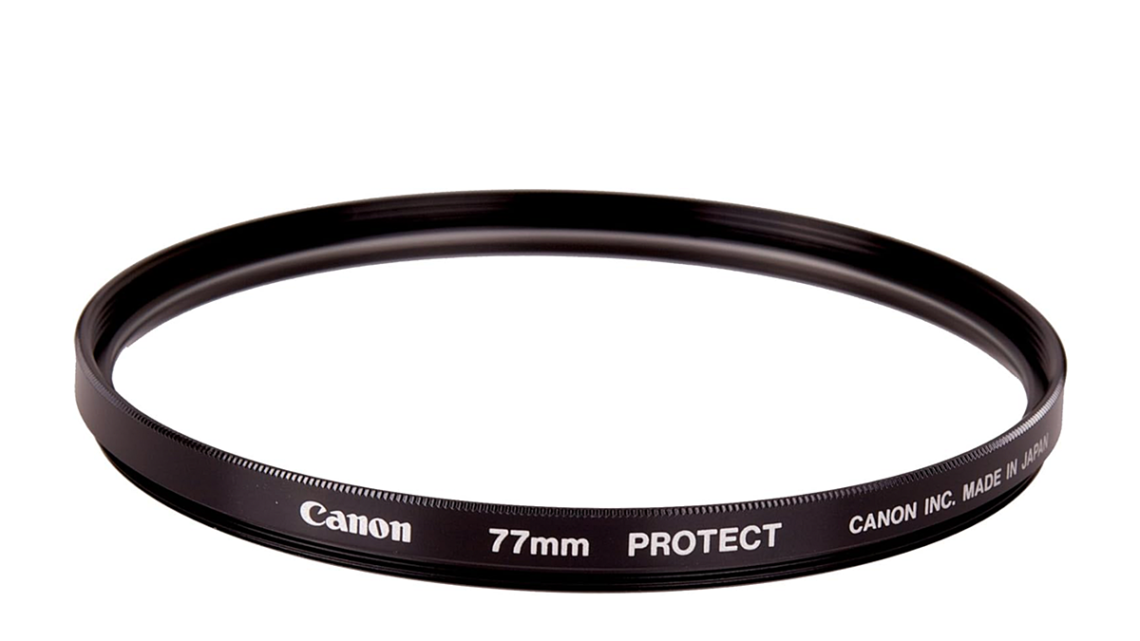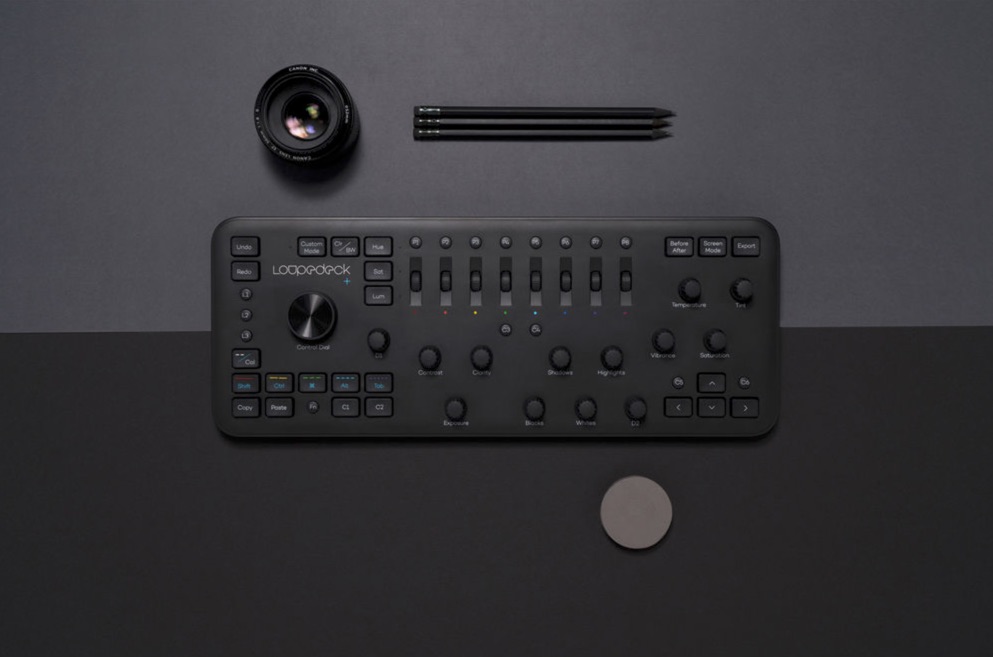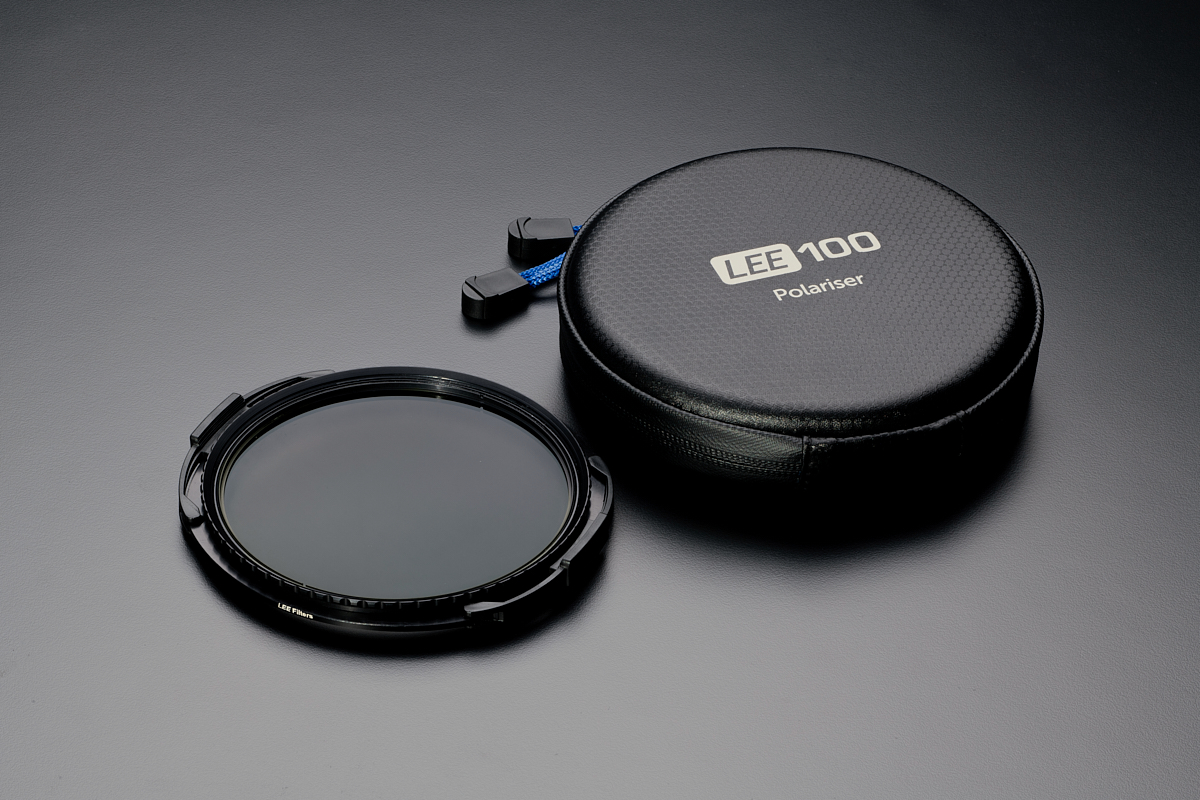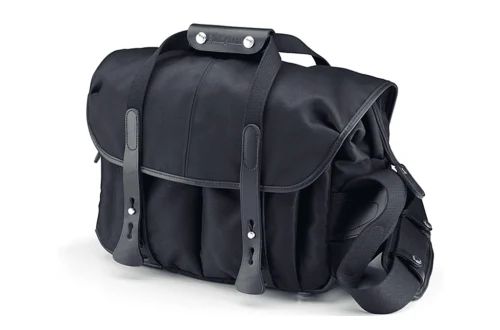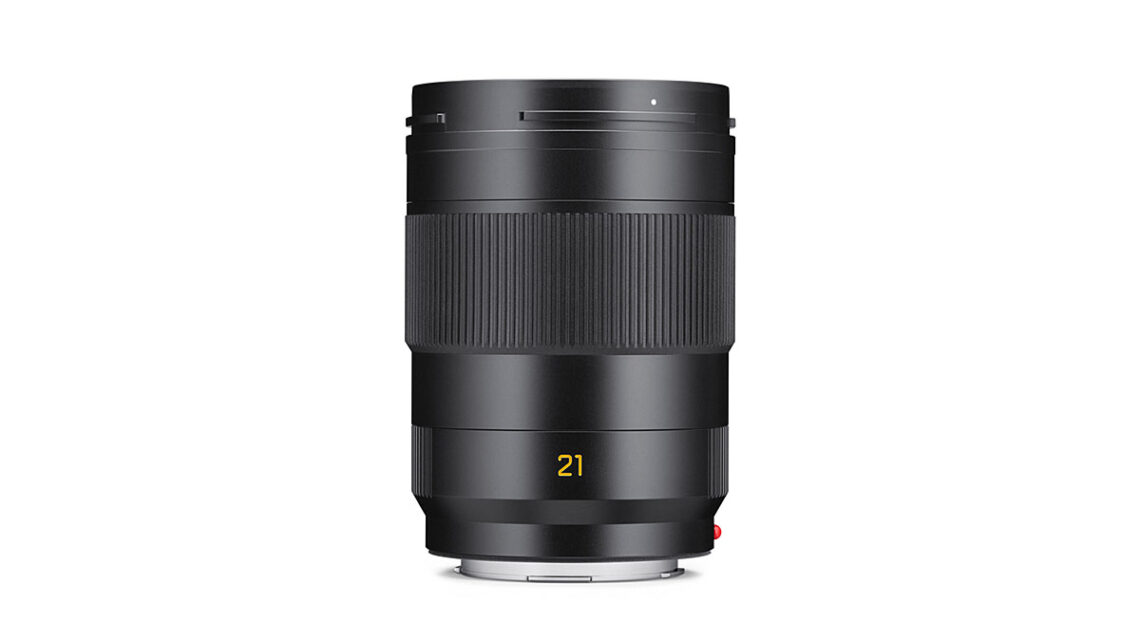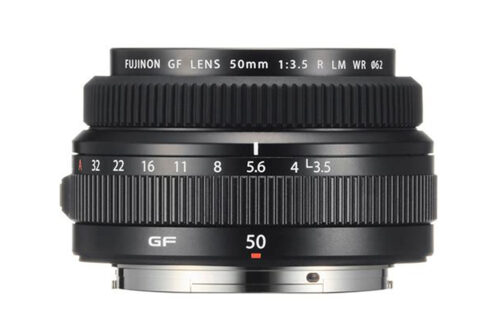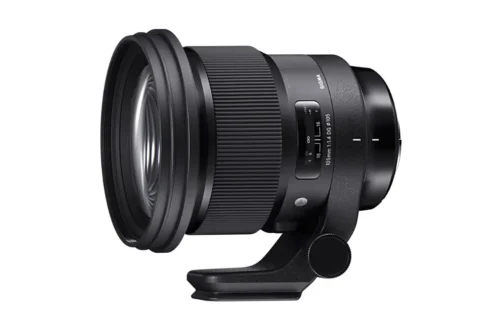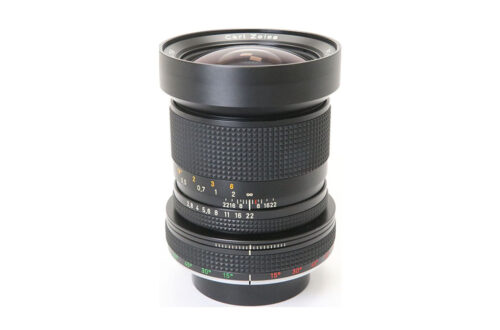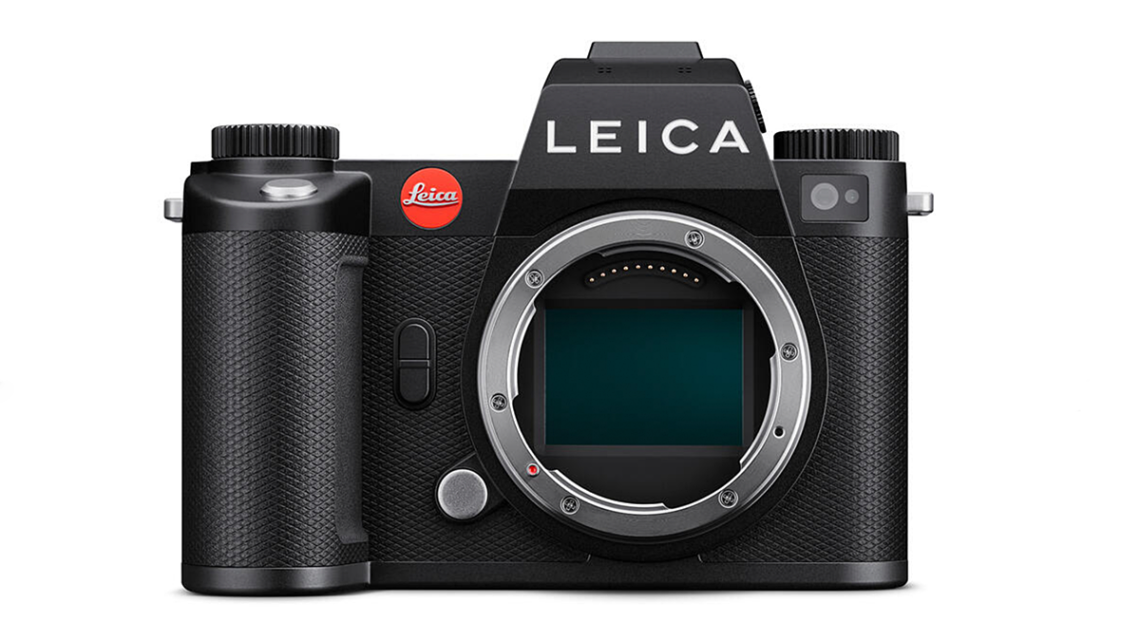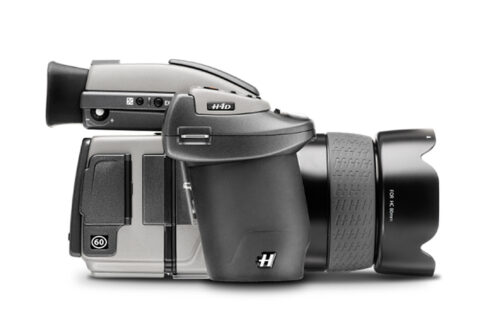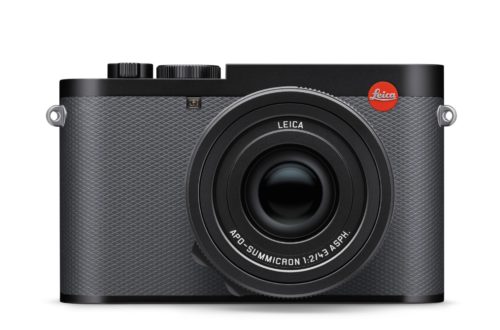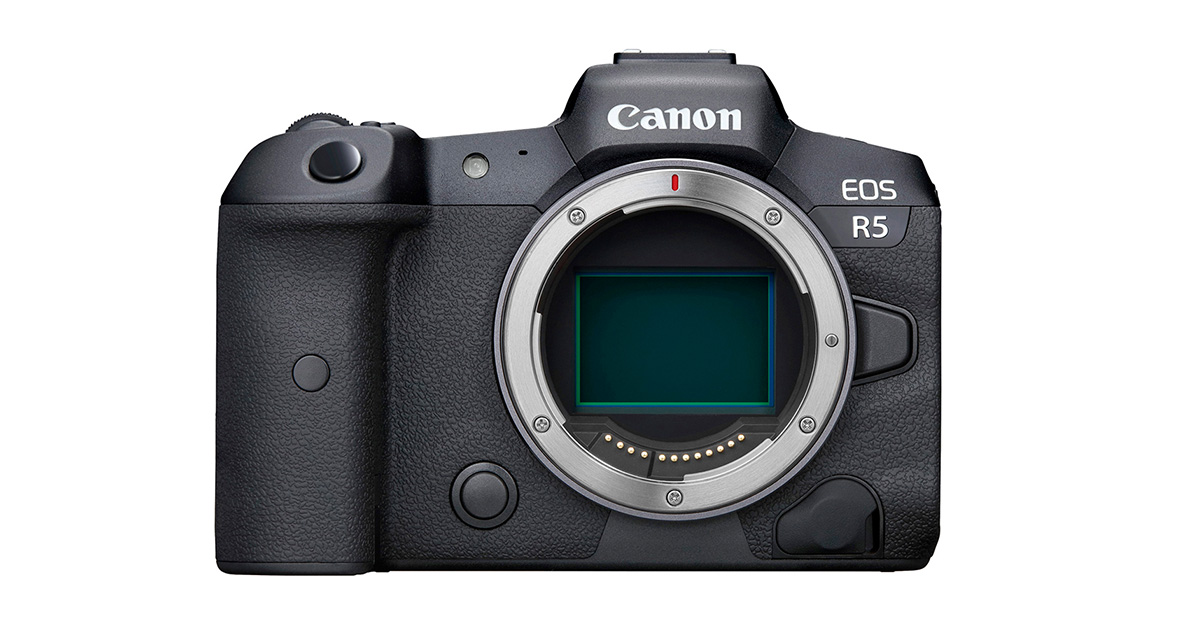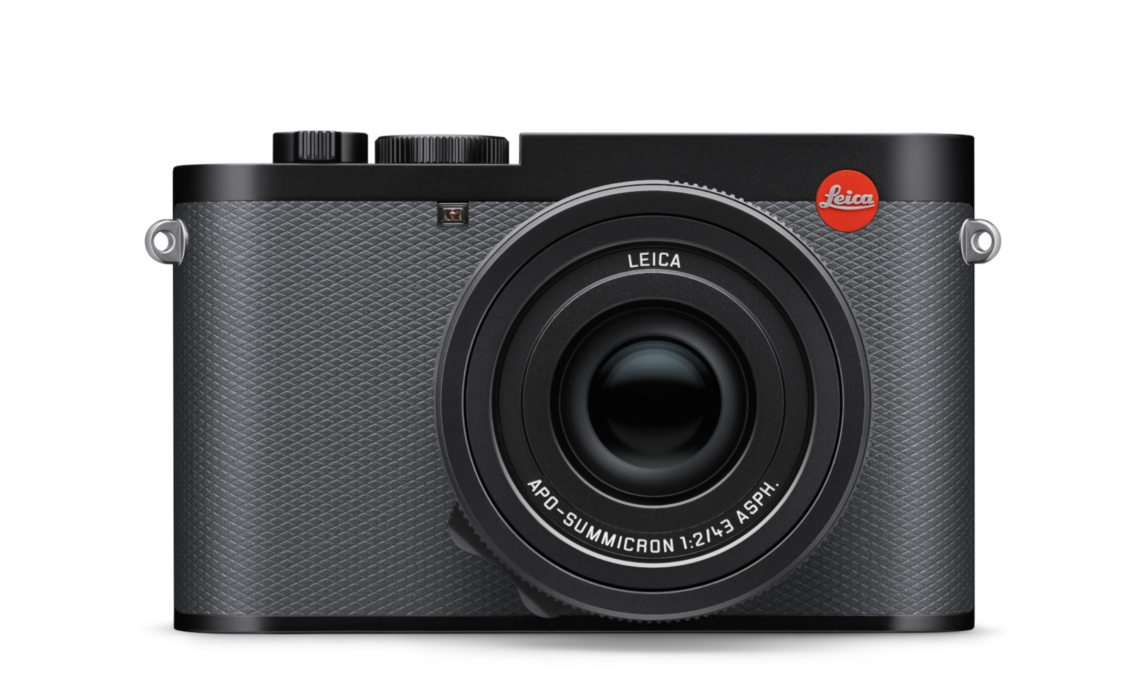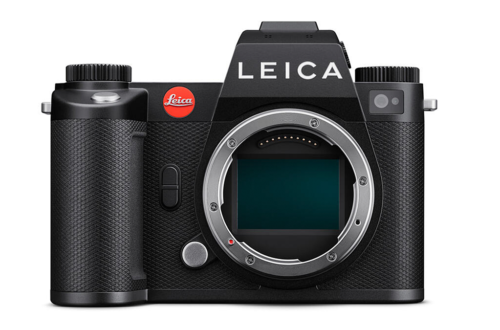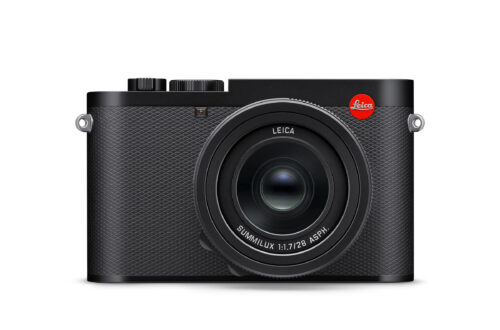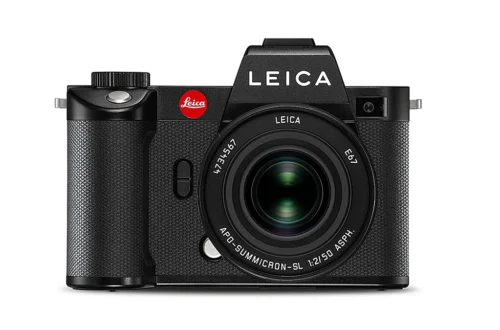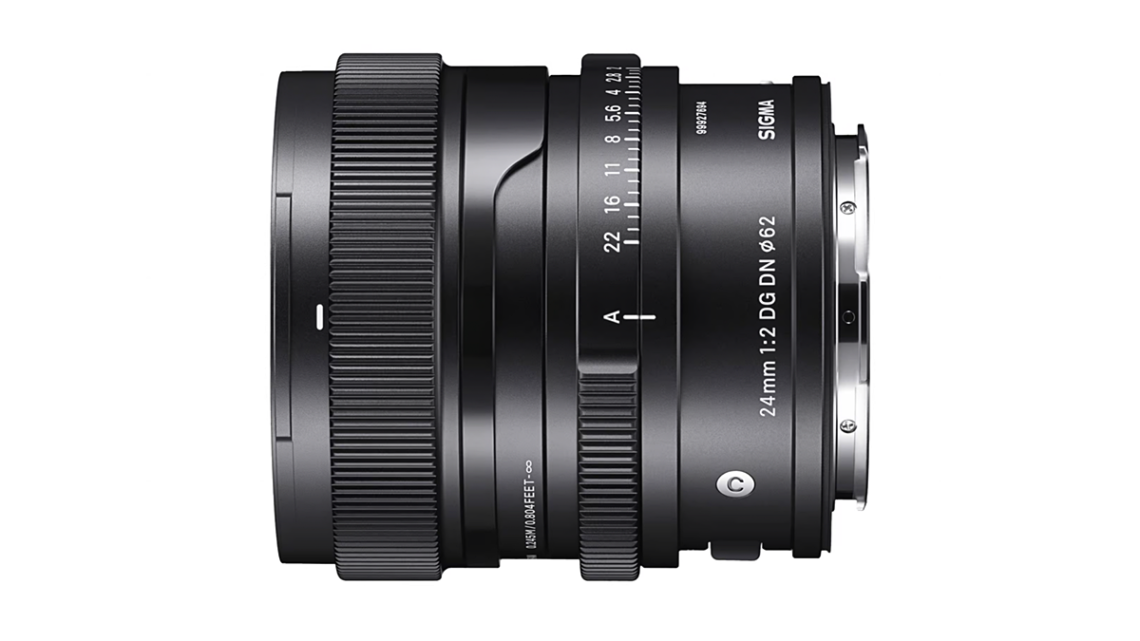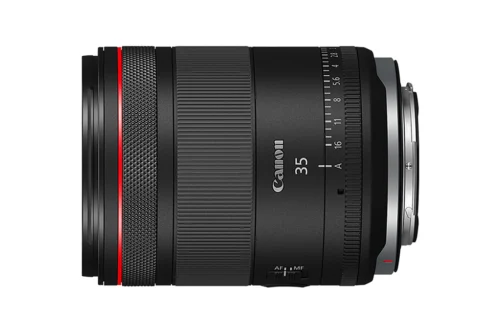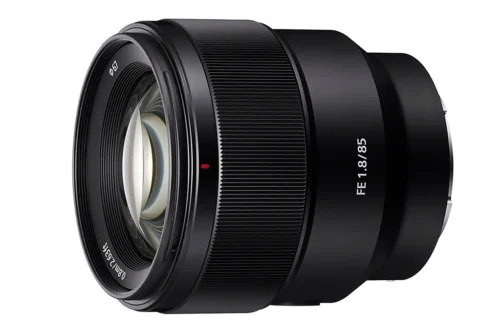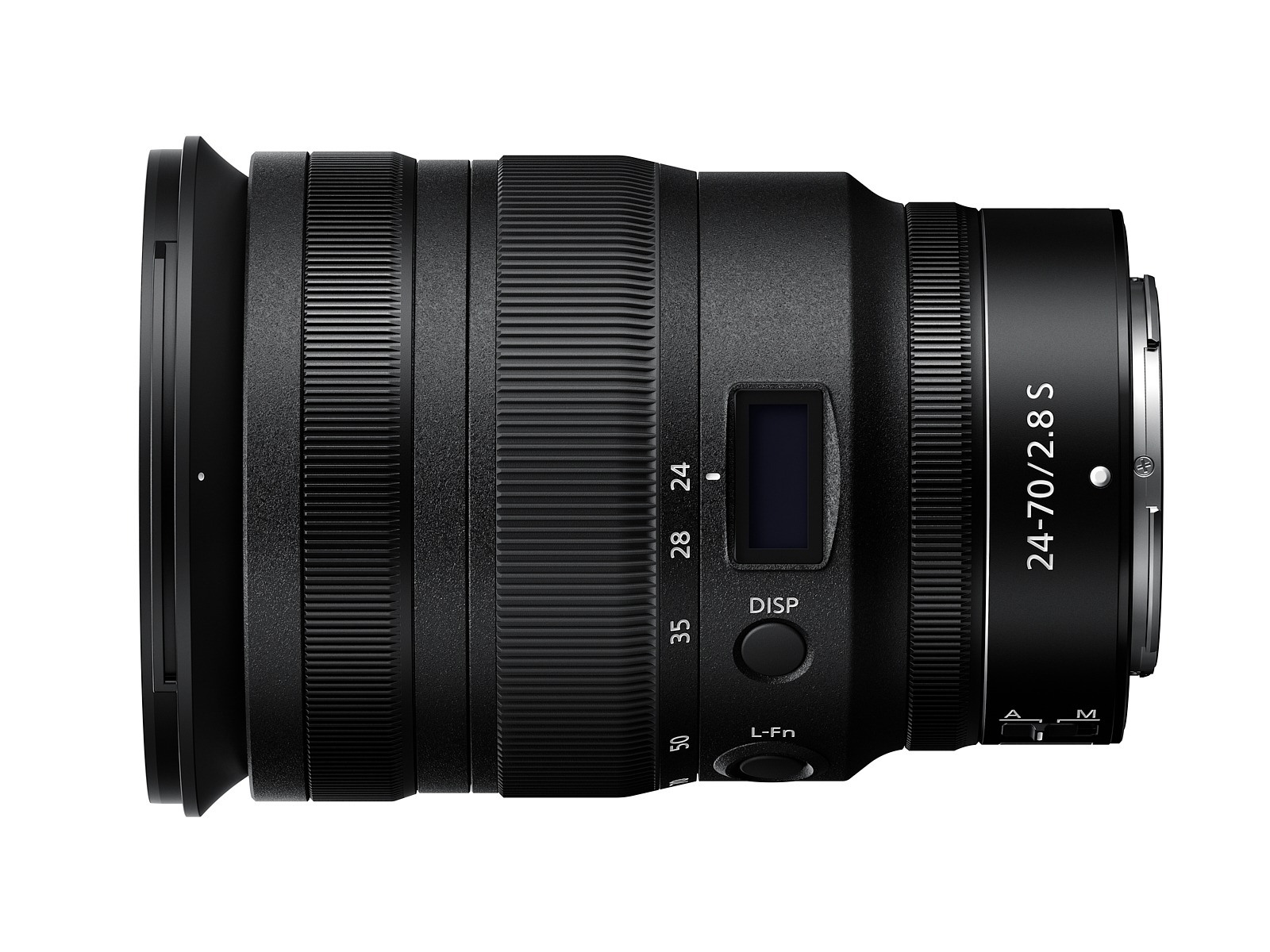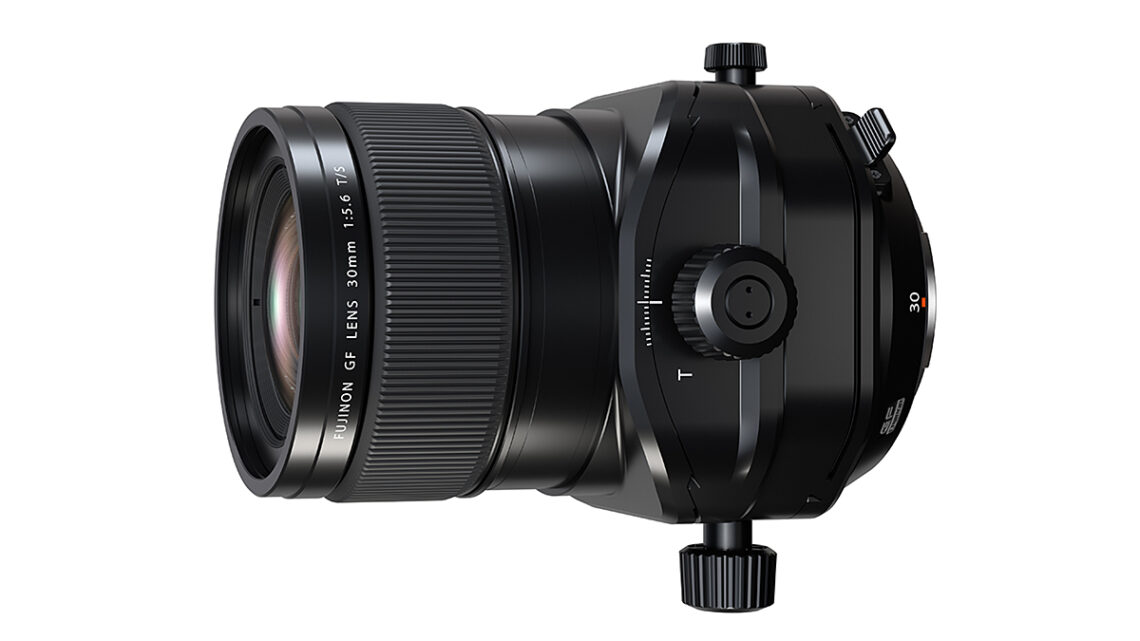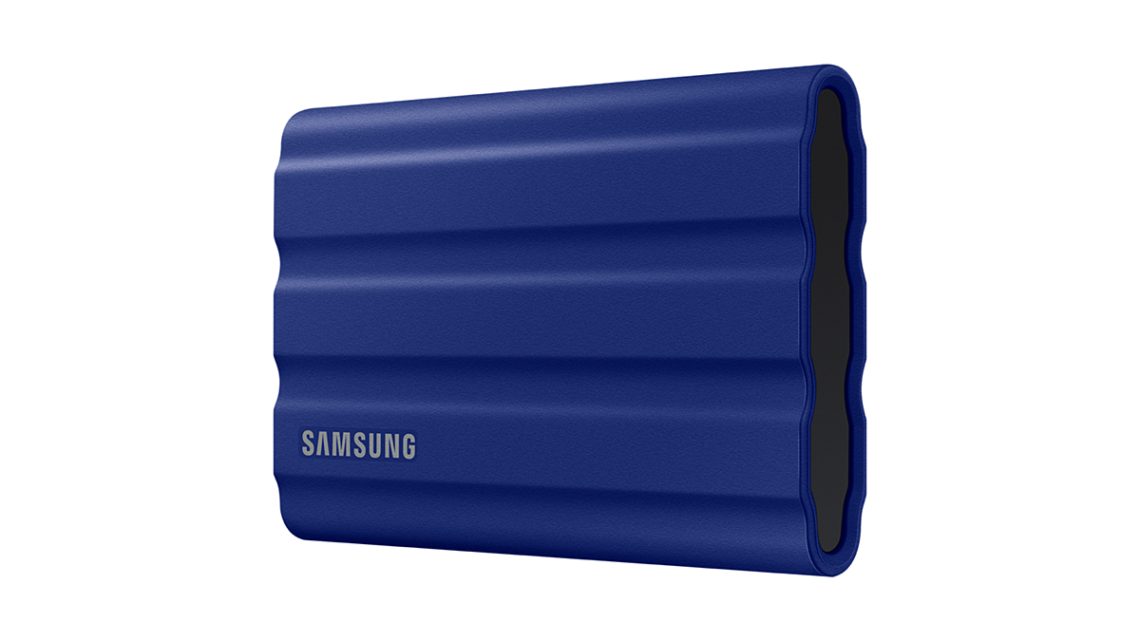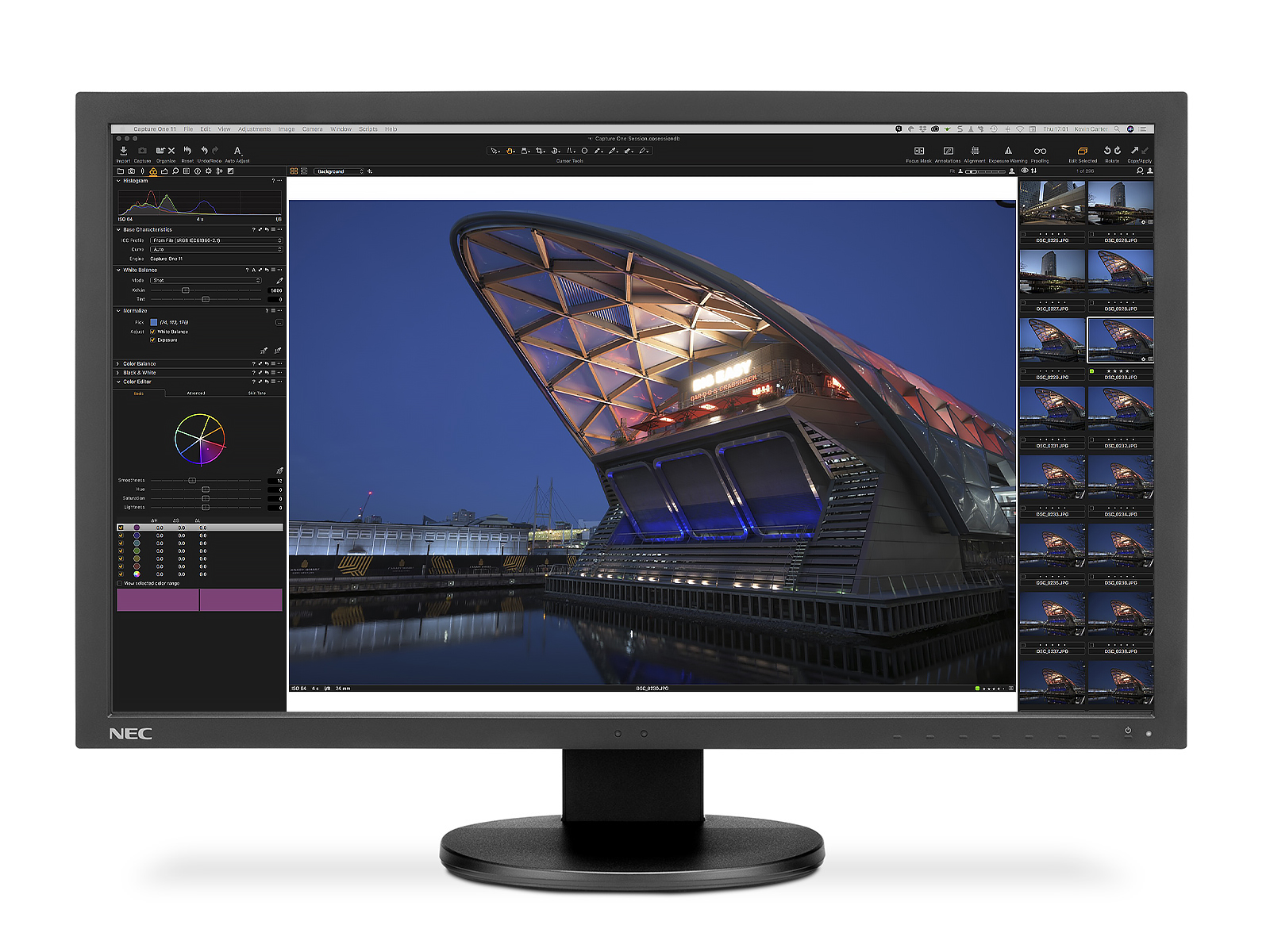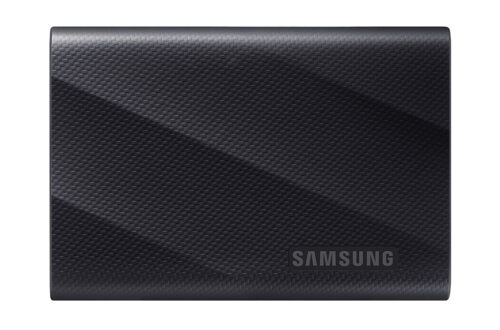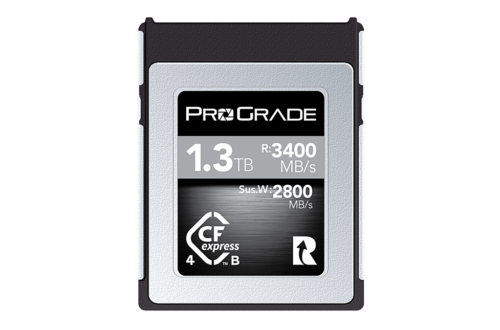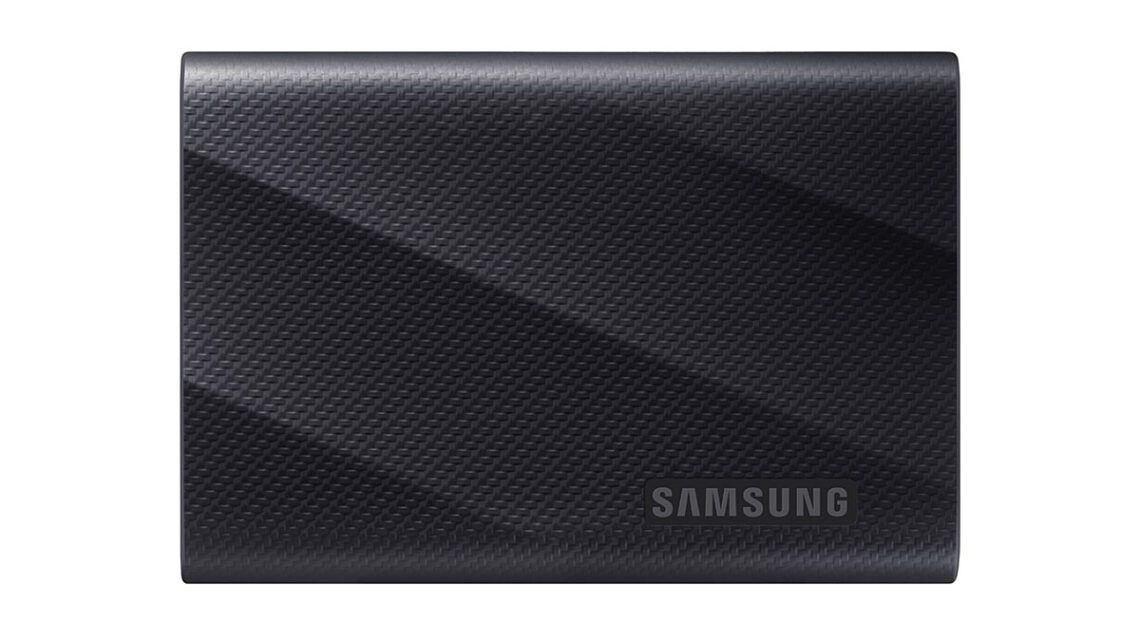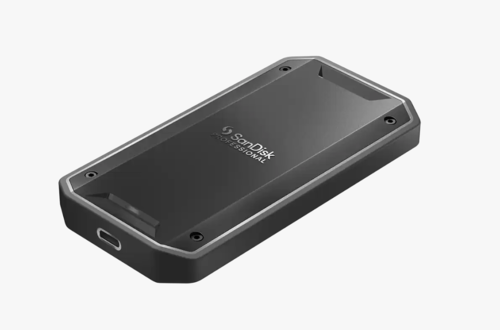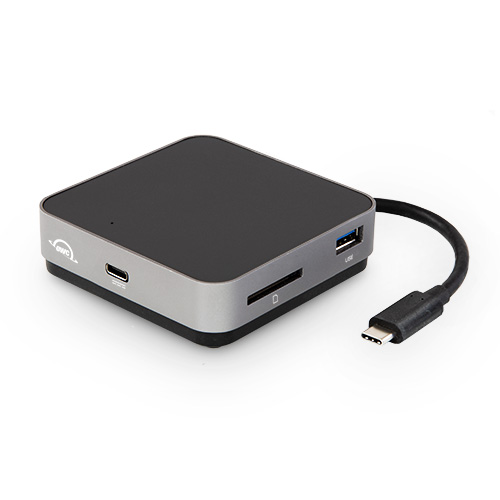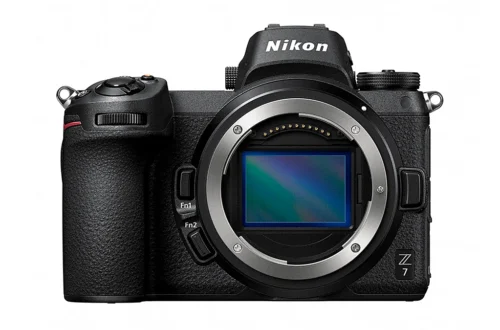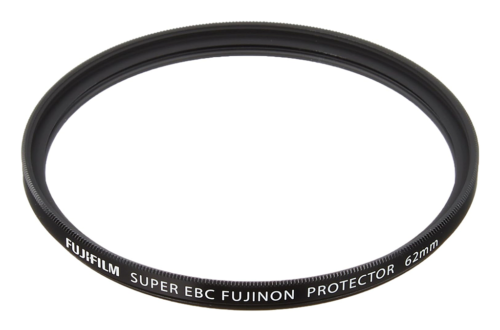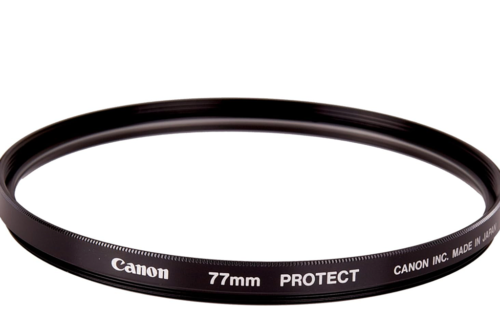Reviews
-
Filter sizes for Canon RF lenses
Manufacturers have favourite filter sizes. Canon, for example, often adopted 72mm and 77mm for L-series EF mount lenses but that has changed somewhat with the RF mount to 67mm, 77mm and 82mm being common sizes. Once a popular size on the original Canon FD breach-lock mount lenses from the 70s (not FDn), the 55mm filter thread size is also making a comeback. For Canon lenses, I recommend Canon ‘Protect’ or Protector filters as they’re extremely high quality. They’re also very reasonably priced, at least for the popular sizes. Sizes above 82mm are steep, though, so you could look for more competitive offerings such as the excellent Firecrest models for that…
-
Leica Super-APO-Summicron-SL 21 mm F2 ASPH lens review
The Leica Super-APO-Summicron-SL 21 mm F2 ASPH is a high-speed wide-angle for Leica SL cameras. It was announced in October 2023. This lens has the Super-Apo moniker and has a complex design of 14 elements in total, arranged in 11 groups. Leica doesn’t say how many AD (anomalous partial dispersion) elements there are but claims that ‘most’ of the 14 elements are made from ‘special custom glass.’ That may include the three elements with aspherical surfaces, but it’s unclear. Like others in the SL range, the lens also adopts a ‘digital element,’ or what’s better known as a built-in profile, to correct vignetting, distortion and chromatic aberration. While it’s perhaps…
-
Leica SL3 review
The Leica SL3 is the third in the series of mirrorless models, which started with the magnificently minimalist 24 MP Leica SL. I take a look at what’s changed and why you should buy it. What is it? The SL3 is the latest in the series and adopts the same body style as the 47 MP Leica SL2 and the 5-axis IS from that model, which was missing from the original SL. The headline specs are the increase in sensor resolution to 60 MP and the inclusion of hybrid AF with Depth from Defocus (DFD) tech to aid focusing accuracy. Fortunately, the photographer doesn’t need to know how this works,…
-
Leica Q3 43 review
Leica’s Q3 43 builds on the success of the Q-series, adding a new 43mm F2 Apo lens to the 60 MP CMOS of the regular Leica Q3. Kevin Carter takes a look. With Canon and Nikon concentrating on niche genres like sports and action or the ‘content creator’, it’s hardly surprising when something like the Leica Q3 arrives to fill the void. And now it has been joined by the Leica Q3 43. While expensive, with better resale prices than rival makes when the time comes to upgrade, it is perhaps the most economical way into the Leica system. Small, light and discreet, the Leica Q3 43 shares the ergonomics…
-
Sigma 24mm F2 DG DN C lens review
Sigma is well known for its Art series lenses, but the maker’s full-frame ‘Contemporary’ or C series lenses deserve equal recognition for offering great image quality in a smaller, lighter package. Take the Sigma 24mm F2 DG DN C lens reviewed here, for example. With a metal outer barrel and milled metal aperture and focus rings, it’s a very nicely made lens indeed. What’s more, weighing just 365g and measuring 72mm in length, the L-mount version I was sent pairs incredibly well with the tiny Sigma fp sent for testing. Inside, the lens has 13 elements arranged in 11 groups, with one fancy, fluorite-like FLD element, two SLD (Super-Low Dispersion)…
-
Fujifilm Fujinon GF50mm F3.5 R LM WR lens review
What is it? The Fujifilm Fujinon GF50mm is a highly compact and relatively lightweight lens for Fujifilm medium format mirrorless cameras. It’s the equivalent of a 40mm on a full-frame 35mm camera, and at one time, back in the 70s, this focal length was hugely popular. Much of that had to do with price, as they competed with medium-speed (F1.8/2) 50mms – the kit lenses of the day – and were often sold as a more affordable alternative. These smaller and lighter 3-group, 4-element Tessar “pancake” designs were and still are highly compelling. Indeed, today the Olympus Zuiko 40mm F2 is around £600, secondhand, and the Contax Zeiss T* 45mm…
-
Fujifilm Fujinon GF30mm F5.6 T/S review
What is it? The Fujifilm Fujinon GF30mm F5.6 T/S is a highly anticipated lens in the GFX system. Why? Because it’s the first serious challenger to the Canon TS-E lenses (and the Nikon PC Nikkors), which are routinely adapted to fit on the larger-sensor GFX cameras. As a 30mm lens designed to cover the 44x33mm MF sensor, it is the equivalent of a 24mm in full-frame 35mm terms and is, without doubt, the most popular focal length for architecture and interiors. The manual-focus lens will also appeal to landscape photographers. (Arguably, a 35mm tilt/shift might be as popular or even more so (the Nikon and Zeiss 35mm shift-only models are…
-
Review: Samsung T7 Shield Portable SSD USB 3.2 Gen 2
Samsung’s highly portable T7 Shield SSD with USB-C 3.2 Gen 2 (10Gbps) promises high transfer speeds in a robust housing, Kevin Carter takes a look. What is it? This small, highly portable bus-powered NVMe SSD with a USB-C 3.2 Gen2 (10Gbps) with read/write speeds of up to 1,050 MB/s and 1,000 MB/s respectively, is almost twice as fast as SATA-based SSDs (and 10x that of HDDs). As such it is ideal for photographers and occasional videographers. It’s also a rugged (IP65 rated) drive that’s ideal for replacing any old hard-disk drive for sharing across multiple devices, such as direct-to cameras (mainly but not limited to the newer Panasonic, Sony and…
-
Review: Samsung T9 Portable SSD USB 3.2 Gen 2×2
Samsung’s flagship T9 SSD with USB-C (3.2 Gen 2×2) promises high transfer speeds of up to 2,000 MB/s, not that far off from TB3/4 SSDs, Kevin Carter takes a look. What is it? Housed in a wonderfully tactile and equally practical black silicone rubber housing, the Samsung T9 is aimed at all types of content makers. Particularly though, with its high transfer speeds from a USB-C 3.2 Gen 2×2 (20 Gb/s) connector, this bus-powered NVMe SSD looks highly attractive for photographers and occasional videographers. The Samsung T9 is a small, highly portable and robust drive that’s ideal for sharing across several devices, such as typical laptop-to-desktop (short to long-term storage)…
-
LEE100 Polariser Filter review
Lee100 Filter Holder – Why do you need it? Although you can use image editing software to achieve many of the same effects using specific filters, such as a polariser to cut reflections and improve saturation remains an advantage for some types of photography, such as interiors and landscapes. As they cut down on exposure somewhat, they’re also used as an ND. They are also pretty expensive, so if you have several lenses of different thread diameters, using a holder can save a lot of money. Please note this review has been edited and updated from the Lee100 Filter Holder review, which can be read here. Lee100 circular-type polariser Lee…
